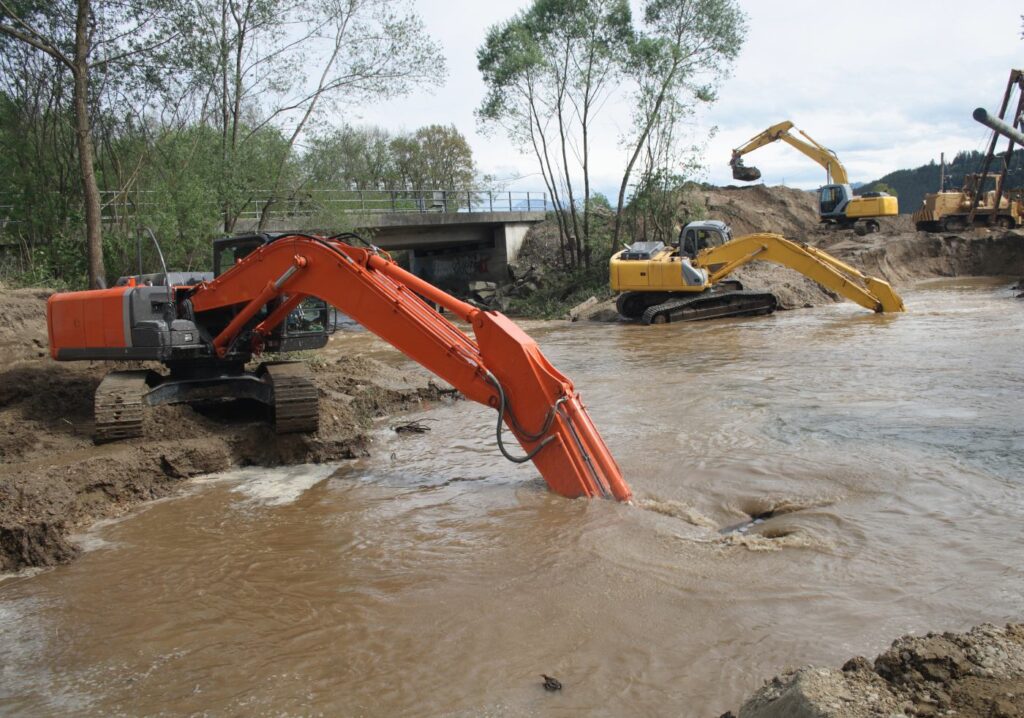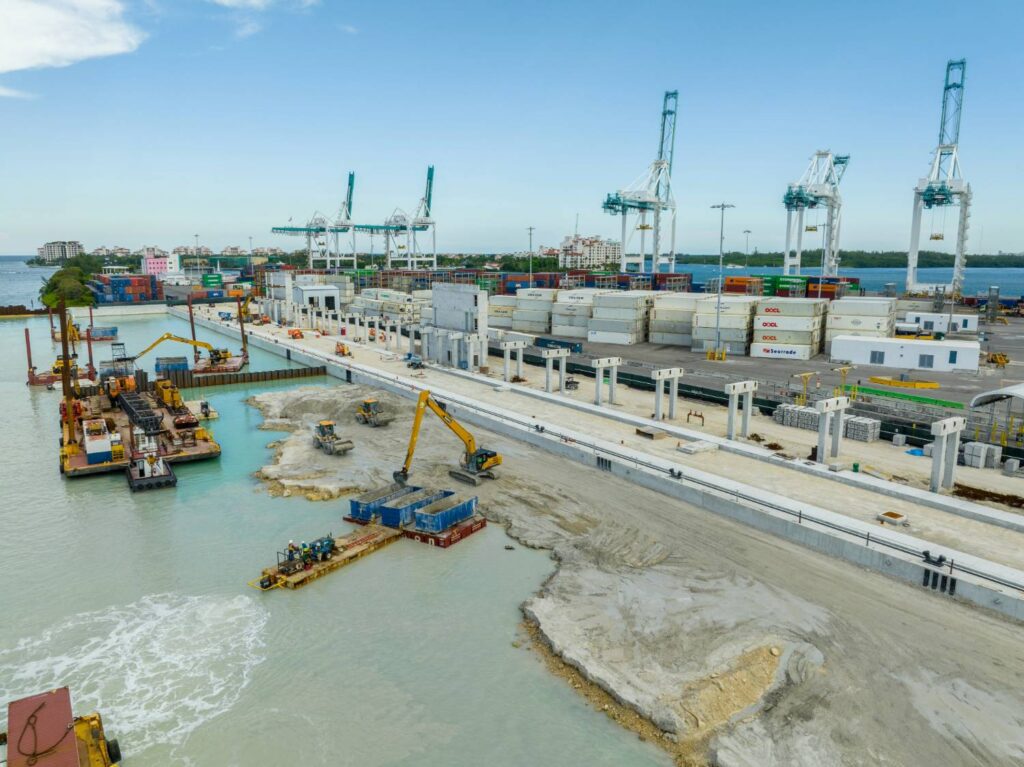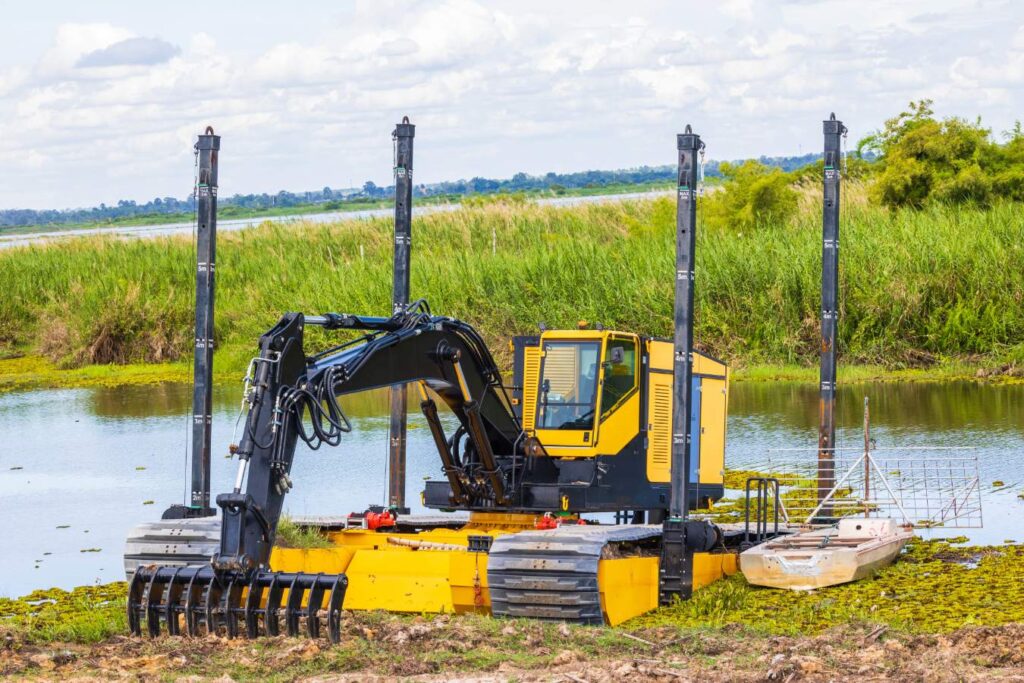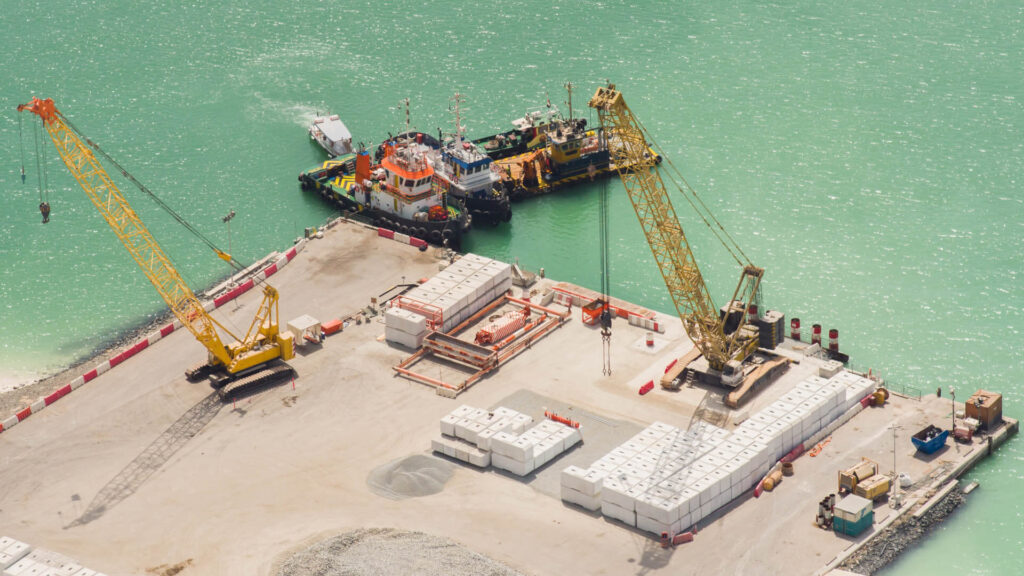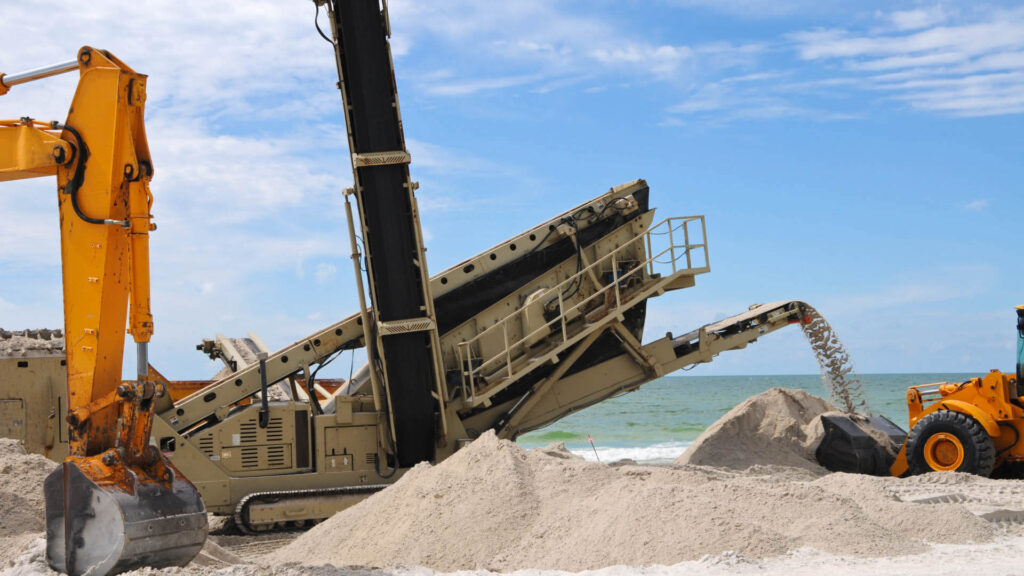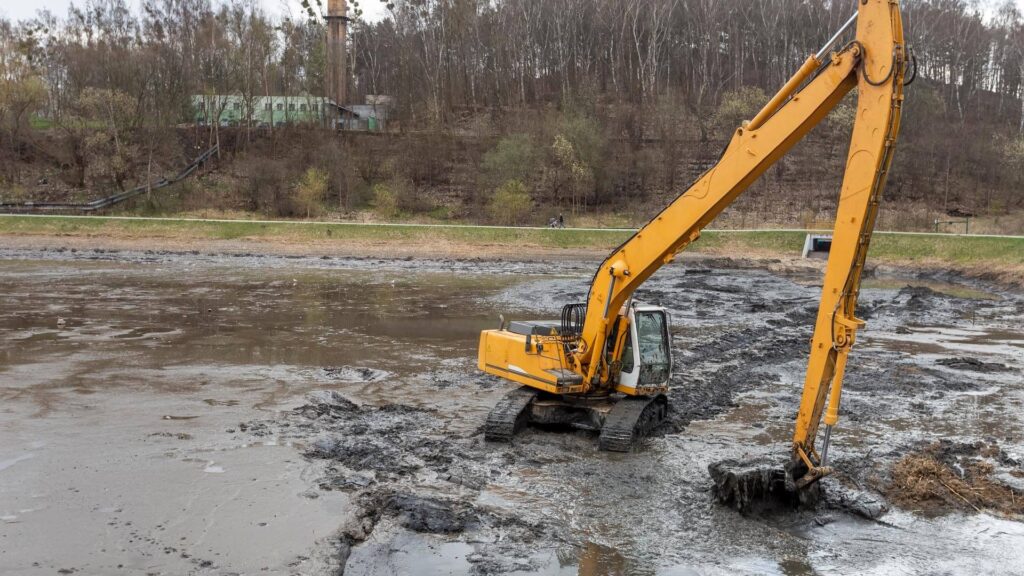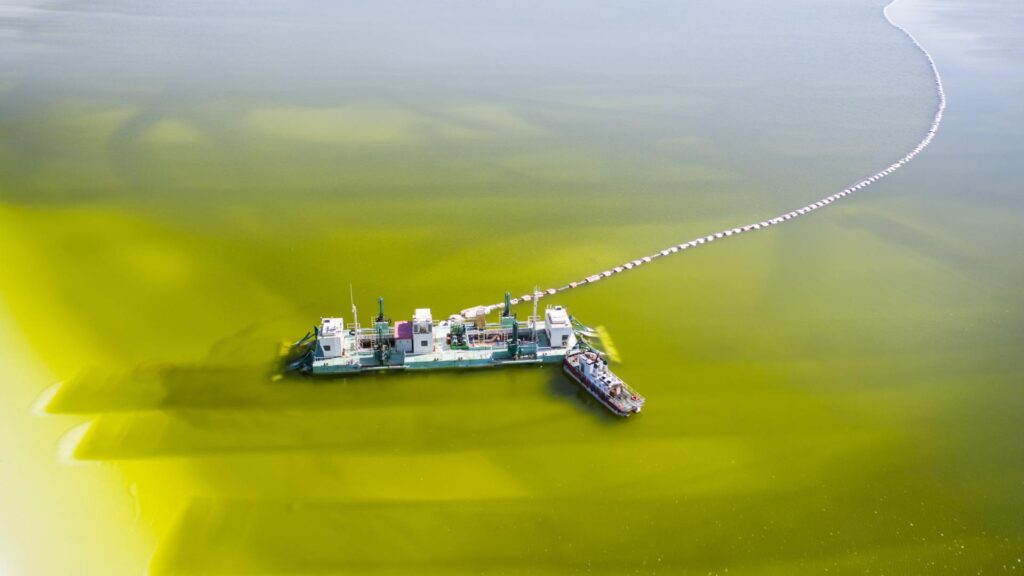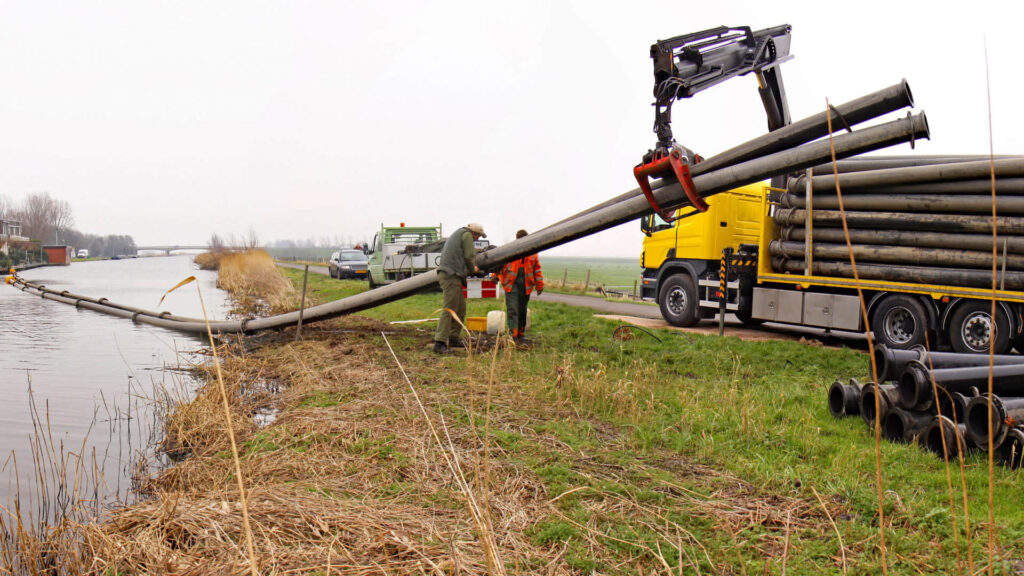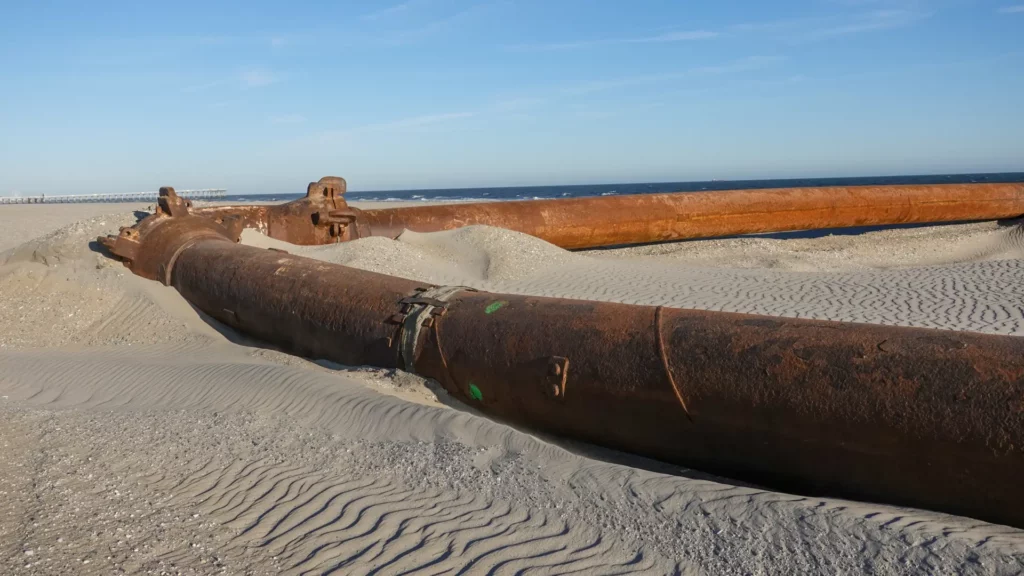The Role of Small Dredging Equipment in Urban Water Management
Urban water management is a critical aspect of modern city planning and infrastructure development. As urbanization increases, managing the health and functionality of waterways becomes essential for preventing flooding, preserving ecosystems, and supporting urban growth. Small dredging equipment plays a pivotal role in this process, offering a flexible and efficient solution for sediment removal, pollution control, and maintenance of waterway depth. This blog will explore the importance of small dredging equipment in urban water management, including its applications, benefits, and the different types of equipment used for such tasks. Targeted at procurement heads, engineering managers, contractors, and decision-makers across various sectors, this blog aims to provide a comprehensive understanding of how small dredging equipment can support urban water management projects while delivering significant returns on investment (ROI). The Importance of Urban Water Management Flood Prevention One of the most pressing concerns in urban water management is the risk of flooding. Urban areas often face challenges such as clogged drainage systems, narrow canals, and obstructed rivers. Small dredging equipment is crucial in mitigating these risks by clearing sediments and debris that may impede the flow of water. By using small dredging equipment, waterway capacity is increased, enabling them to accommodate higher volumes of rainfall and runoff. In areas with limited space or shallow waterbeds, small pond dredging becomes a key solution for maintaining proper drainage and reducing the likelihood of localized flooding. In some areas, gold dredging equipment can also be used to clear smaller water features, such as ponds or recreational areas, where sediment removal is necessary to prevent future flooding. Ecosystem Protection Healthy aquatic ecosystems are vital to the overall environmental health of urban areas. Dredging is an essential tool for maintaining these ecosystems by removing polluted sediments, excess vegetation, and other contaminants from waterways. Small dredging equipment is ideal for use in urban environments, as it allows for precise sediment removal without disturbing the surrounding habitat. Regular use of small-sized dredging equipment helps restore the natural balance of waterways, supporting local wildlife and preserving biodiversity. Additionally, gold dredging equipment used in recreational or industrial gold mining applications can also be part of this effort by clearing out accumulated sediments that may affect water quality. Small pond dredging is particularly important for maintaining water quality in urban ponds and lakes, which can otherwise become overgrown with debris and harmful sediments. Infrastructure Support Urban development often requires the construction of bridges, docks, and other waterfront structures. Dredging plays a critical role in providing solid foundations for these structures by ensuring that waterways are deep enough for construction materials to be delivered and to prevent settlement issues. Small dredging equipment can be used to maintain navigable channels for boats and barges, facilitating the transport of construction materials. In urban settings where space is constrained, small pond dredging is an effective way to manage the shallow, confined spaces where larger dredging equipment may not be feasible. In some cases, gold dredging equipment is also used for clearing recreational or small urban water bodies, ensuring they remain accessible for various public and commercial uses. Water Quality Enhancement Improving water quality is another significant reason for employing small dredging equipment in urban water management. Over time, pollutants such as heavy metals, oil, and nutrients accumulate in water bodies, leading to reduced water quality and potential health risks for residents. The precision of small dredging equipment makes it an excellent choice for clearing out these pollutants, particularly in smaller, more confined environments such as ponds and canals. Gold dredging equipment is also often utilized for targeted sediment removal, ensuring that areas prone to contamination can be cleaned efficiently. By using small pond dredging for maintaining urban lakes and recreational areas, cities can improve water quality, reduce contamination, and ensure that these bodies of water remain healthy and safe for public use. Each of these applications highlights the importance of small-sized dredging equipment in urban water management, making it an essential tool for improving flood resilience, preserving ecosystems, supporting infrastructure, and enhancing water quality. Types of Small Dredging Equipment Plain Suction Dredgers Small dredging equipment, such as a plain suction dredger, is ideal for small-scale sediment removal in urban canals, rivers, and lakes. These dredgers use suction pipes to remove fine sediments like sand, silt, and mud from the bottom of water bodies, maintaining navigable depths and preventing sediment buildup that could obstruct water flow. Small dredging equipment, like a suction dredger, is particularly effective in urban settings, where there is a need to manage confined spaces and delicate ecosystems. Whether clearing canals or maintaining waterway depths, plain suction dredgers are an essential tool in urban water management. Portable and Submersible Pumps For shallow, confined, and hard-to-reach environments, small-sized dredging equipment like portable and submersible pumps is highly effective. These pumps are designed to remove both sediment and pollutants, including debris and contaminants from industrial runoff. In urban areas, where water depths are often limited, small pond dredging is necessary to ensure the water remains clean and navigable. Portable and submersible pumps are excellent for removing pollutants from small, shallow water bodies, such as ponds, lakes, and even stormwater systems. The versatility of small dredging equipment like these pumps allows for quick and efficient sediment removal with minimal disruption to the surrounding environment. Backhoe Dredgers Backhoe dredgers are another type of small-sized dredging equipment that is essential for hard-to-reach or shallow water locations. Mounted on pontoons or tracks, these machines can access water bodies with difficult terrain or minimal water depth. Small dredging equipment, like backhoe dredgers, is commonly used for dredging in small ponds, canals, or reservoirs where other equipment may not be suitable. Their hydraulic excavators make them versatile and effective in removing compacted sediment, plant material, and other debris. Backhoe dredgers are indispensable for targeted dredging projects, particularly when urban waterways need selective sediment removal. Clamshell Dredgers Clamshell dredgers are commonly used in confined spaces, such as smaller ponds and water bodies, where larger dredging equipment cannot operate efficiently. The clamshell bucket,
The Role of Small Dredging Equipment in Urban Water Management Read More »


